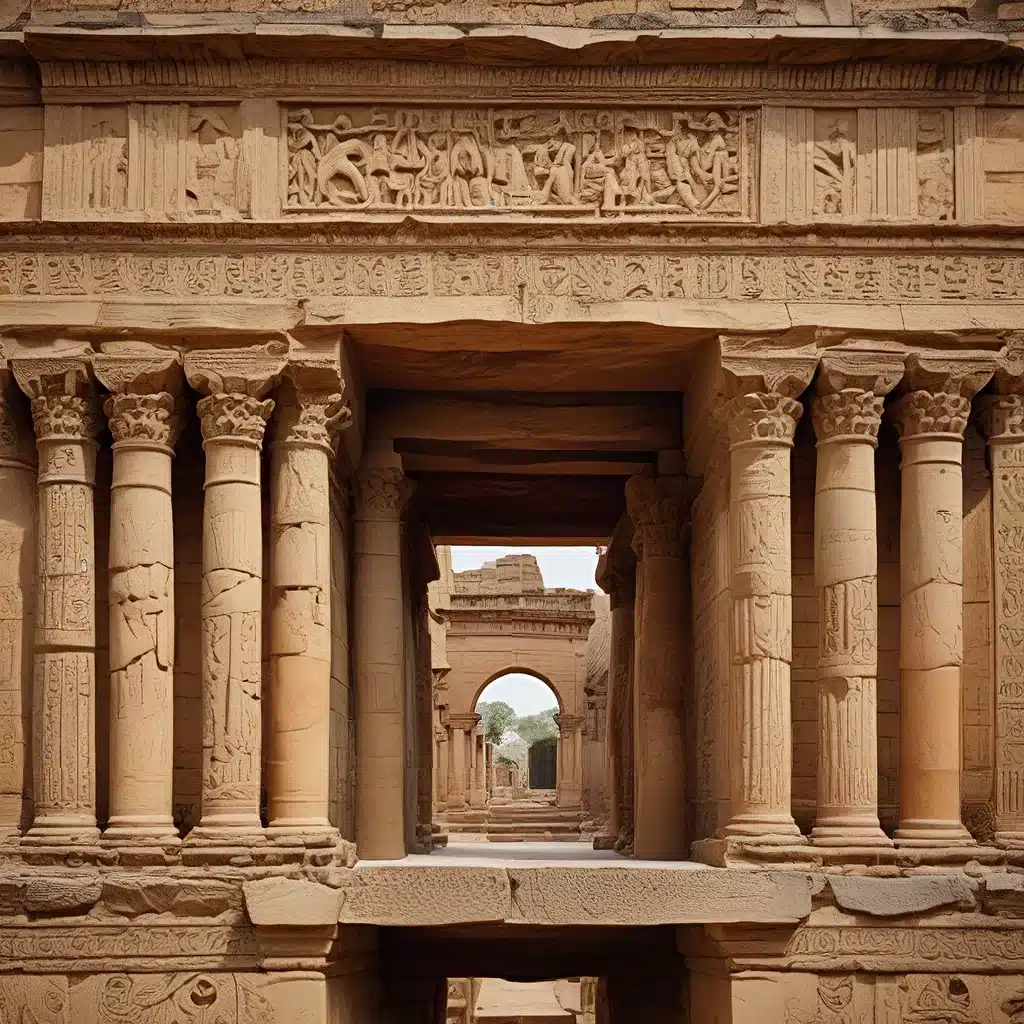
Unveiling the Secrets of Masonic Symbolism in Built Environments
Throughout history, the built environment has been a canvas for the expression of cultural, religious, and philosophical beliefs. From the towering cathedrals of Europe to the grand palaces of ancient civilizations, the architecture of the past often serves as a repository for the symbolic language of its creators. One of the most enigmatic and widely studied examples of this phenomenon is the architecture associated with the Freemasons, a fraternal organization whose intricate symbolism has captivated the public imagination for centuries.
The Stonemasons’ Legacy: Freemasonry and the Art of Building
The origins of Freemasonry can be traced back to the medieval guilds of stonemasons, who were responsible for constructing some of the most impressive architectural wonders of the Middle Ages. As the age of cathedral-building waned, these guilds began to admit “speculative” members from other professions, leading to the development of Speculative Freemasonry – a more ritualistic and symbolic form of the organization.
The architectural language of Freemasonry is heavily influenced by the neoclassical style, which emphasizes the use of classical orders (Doric, Ionic, and Corinthian) and perfect geometric proportions. This preference for neoclassicism is often attributed to the writings of Scottish Freemason James Anderson, who in 1723 published the organization’s “Constitutions” and extolled the virtues of Roman architecture, particularly the work of Inigo Jones and Andrea Palladio.
The Symbolic Vocabulary of Masonic Architecture
Freemasonic architecture is replete with a rich symbolic vocabulary, each element representing a deeper philosophical or spiritual meaning. At the heart of this symbolism is the Temple of King Solomon, which is believed to have housed the Ark of the Covenant and has held a special significance for Freemasons for centuries.
The Mosaic Pavement, a chequered floor pattern, is thought to represent the duality of human existence, the “tracing board” used by ancient Greek architects, or the paving stones of King Solomon’s Temple. The Blazing Star, often depicted at the center of the floor or on the ceiling, is said to symbolize the sun, the Star of Bethlehem, or Divine Providence.
Other important Masonic symbols found in their buildings include the Square and Compasses, representing morality and self-restraint; the Pillars of Boaz and Jachin, symbolizing wisdom and stability; and the All-Seeing Eye, a reminder of the ever-present gaze of the “Great Architect of the Universe.”
The Architectural Wonders of Freemasonry
Freemasonry has inspired the construction of some of the most impressive and iconic buildings around the world. The Freemasons Hall in London, for example, is an Art Deco masterpiece that serves as the headquarters of the United Grand Lodge of England and the meeting place for over 1,000 Masonic lodges.
In the United States, the Masonic Temple of Philadelphia is renowned for its eclectic interior, featuring seven meeting halls designed in different architectural styles to represent the “seven ideal styles” – from classical Greek and Roman to ancient Egyptian. The Grand Lodge of New York, located in a Beaux-Arts tower in Manhattan, is another testament to the Masons’ architectural prowess, with its lavishly decorated interiors shielded from public view.
Decoding the Mysteries: Freemasonry and Conspiracy Theories
The Masonic preoccupation with secrecy and ritual has long fueled the public imagination, giving rise to numerous conspiracy theories that associate the organization with the occult, the Illuminati, and even the New World Order. While the Freemasons have been the target of hostility and persecution throughout history, the consensus among scholars is that the similarities between Masonic symbols and those of other belief systems are often coincidental or rooted in a shared cultural heritage.
Nonetheless, the enduring fascination with Freemasonry and its architectural legacy continues to captivate historians, archaeologists, and the general public alike. By decoding the symbolic language of Masonic buildings, we gain a deeper understanding of the beliefs, values, and aspirations that have shaped the built environment throughout the ages.
As you explore the captivating world of Masonic architecture, remember that the Lost Kingdoms website is a treasure trove of information on the rich cultural heritage and archaeological wonders of ancient civilizations. Dive into our extensive collection of articles and uncover the hidden stories that lie beneath the surface of the built environment.


